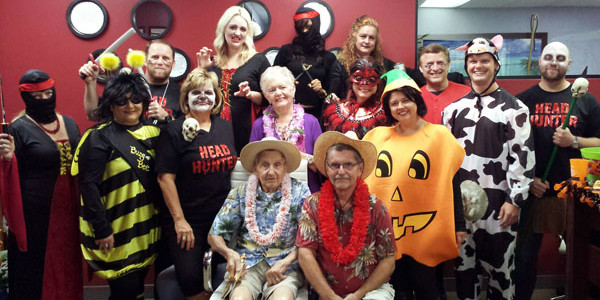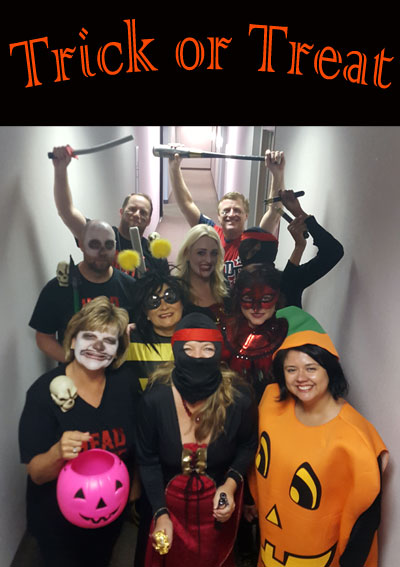Trick or Treat! How Candy came to Halloween
Today, Americans spend an estimated $6 billion annually on Halloween, making it the nation’s second-largest commercial holiday. Approximately $3 billion is spent on candy alone. But did you know Trick or Treating wasn’t always about candy. In fact during the early 1900’s Halloween was more about tricking than treating. Young boys especially delighted in pranking the neighborhood the one night of the year it was tolerated.
It wasn’t until after World War II that kids began ringing doorbells for treats. The treats handed out were often coins, small toys, nuts, fruit or cookies. Brands like Kool-Aid and Kellogg’s began to promote their non-candy products for Halloween. Brach’s ran ads for chocolate covered peanuts during the fall season but didn’t mention Halloween at all.
It wasn’t until 1950 that candy became the favored treat to be handed out to costumed kids ringing doorbells in the neighborhood. Candy was easy to buy and easy to distribute. And as the numbers of trick-or-treaters swelled, candy was also economical. Small, inexpensive candies became popular, and major candy manufacturers began making smaller candy bars or bags of candy corn.
By the 1970’s candy became the only legitimate treat. Unwrapped or homemade Halloween treats posed risks of tampering and poisoning. So commercial wrapped candy became the only safe choice.
Today, trick or treater’s enjoy a wide variety of treats from small toys, temporary tattoos, chips, pretzels and of course CANDY! How much candy, you might ask. According to the California Milk Processors Board “an average Jack-O-Lantern bucket carries about 250 pieces of candy amounting about 9,000 calories and about three pounds of sugar.” That’s a lot of sweets!




Comments are closed.